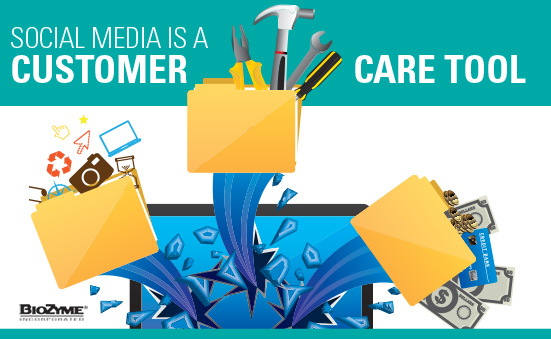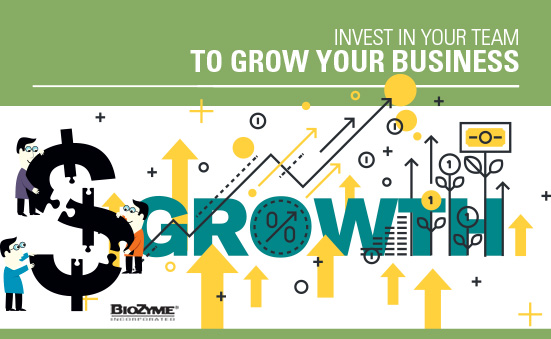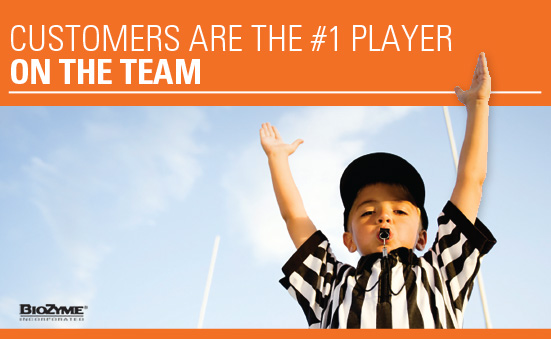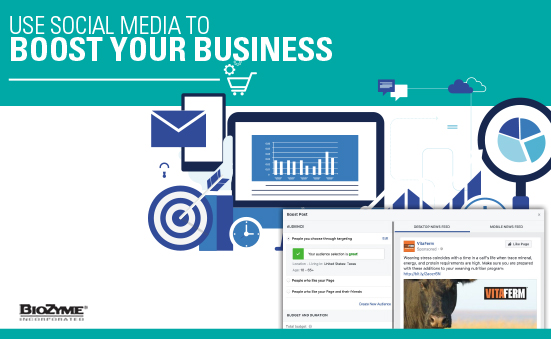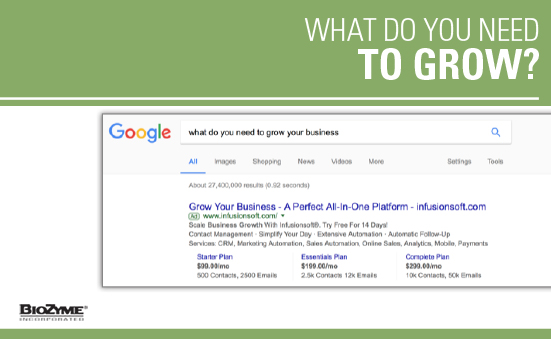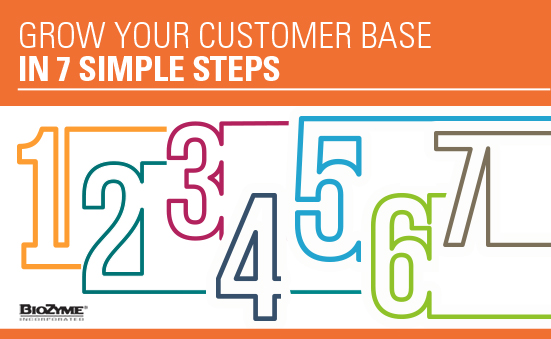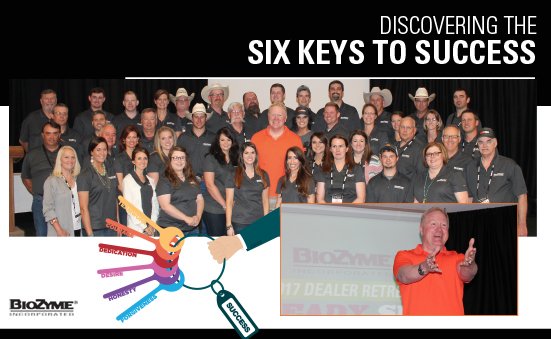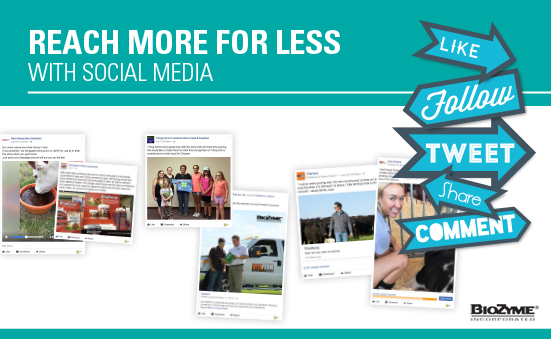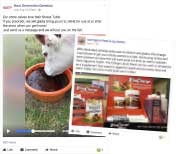The days of waiting for “normal business hours” to get good customer service are gone. You no longer have to wait until 8 a.m. to dial the phone and hope you get someone knowledgeable on the other end of the line to answer your questions. With social media at our fingertips, it is now viewed as a customer care tool as well as a marketing resource.
Responding or not responding to those customer inquiries can be vital to your company. A Gartner study showed that inquiries that are not responded to will eventually lead the company to a 15% churn rate or loss of business. Conversely, if a company engages and responds to a customer on social media, that customer is likely spend an additional 20-40% more with the company.
“Social media is one of the biggest overlooked resources as a customer care tool,” said Caitlin Tye, Content and Social Media Manager for BioZyme® Inc. “Be sure to have a plan to use social media wisely and respond to your customers.”
We’ve listed five best practices to use social media effectively as a customer care tool. Follow these steps for increased customer retention and growth.
Pick the platform that’s best suited for your audience. If you know that your audience is 30-65 year-olds that primarily use Facebook, that is the platform you need to use. There is no need to be on Instagram or even Snapchat. Use the platform you know will have response and engagement from your customers and potential customers.
Monitor social media. This doesn’t mean you need to sit and stare at your computer all day after you make a post or watch and wait for someone to mention your product. However, you do need to check your alerts for comments and direct messages and be sure you are responding to your customers in a timely manner.
Speed matters. In a survey conducted by The Social Habit, 25% of social users would like a response within the same day, while 42% expect a response within an hour. Tye said it is her goal to respond to customer care inquiries on BioZyme social platforms before the end of the day the message came in, and she usually is a lot quicker than that, depending on the time of day of the inquiry and how much research needs done to respond.
Use the proper tone of voice. Yes, you are typing, but there is still a “tone” to those keystrokes. If someone is upset or has a challenge, show empathy in your response, and don’t ever get defensive. If a customer is excited about the success of a product, don’t be afraid to share in that success, complete with exclamation points and even a smiling emoji! ????
Know when to move the conversation offline. This doesn’t mean removing a customer’s post, unless it contains vulgar or profane language. However, not all issues can be resolved on social media. Perhaps the customer needs to visit over the phone with a nutritionist or an ASM for clarification or deeper understanding. But remember, direct them to the correct person initially. No one likes getting the run-around and being told they need to talk to someone else.
Customer service is key to retaining and growing your customer base. Make sure you are using the latest technology to answer customer questions and provide them the timely service they have come to expect. Social media is more than a marketing tool, and when used properly can be a great customer service resource.
